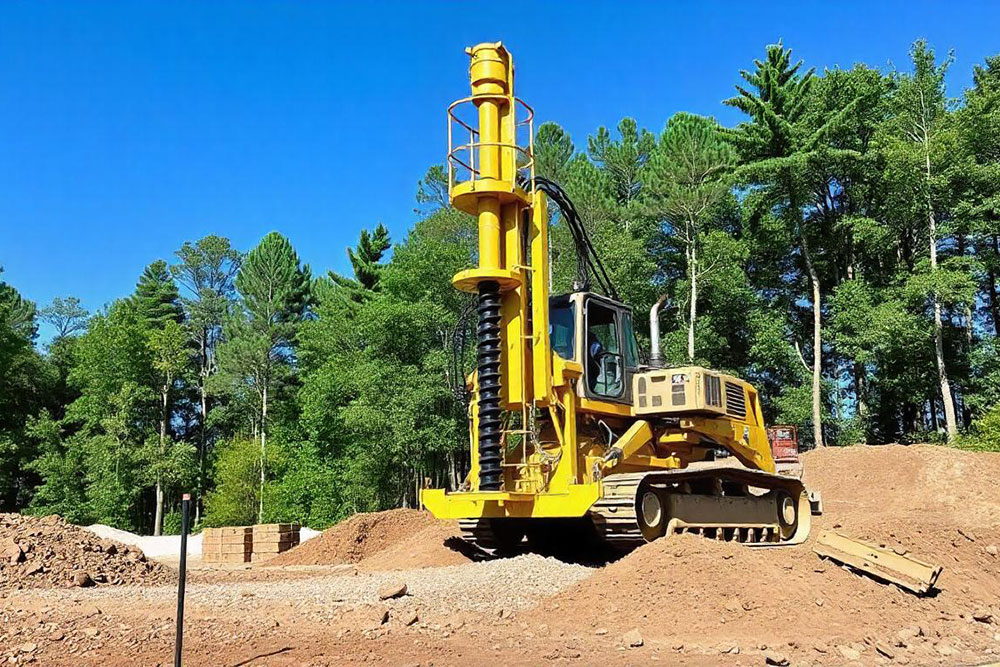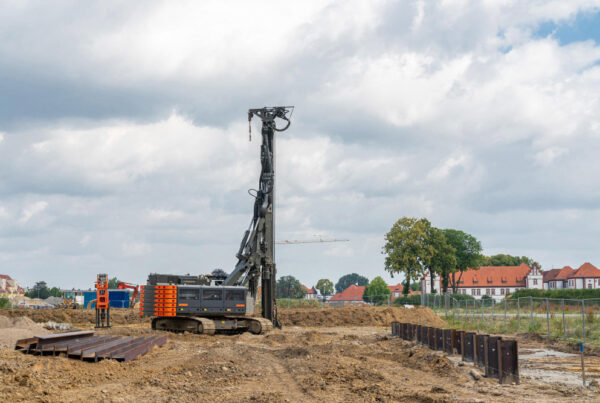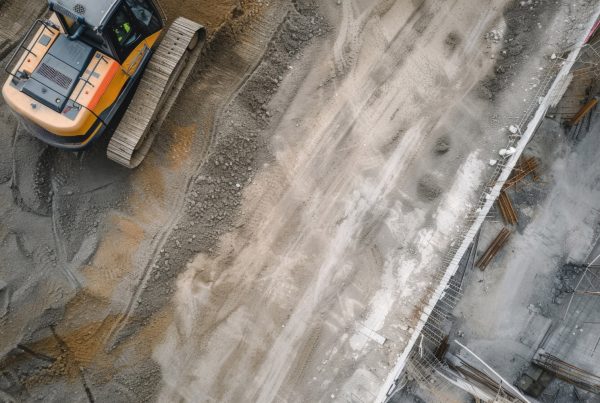Continuous Flight Auger (CFA) piles are a popular choice in construction projects due to their versatility, cost-efficiency, and reduced environmental impact compared to traditional piling methods. Continuous Flight Auger (CFA) piles involve the use of an auger to drill into the ground, after which concrete is pumped in and reinforcement is added to form the pile. While they offer several advantages, it is essential to assess their environmental impact to understand their contribution to sustainable construction practices. This article explores the environmental implications of Continuous Flight Auger (CFA) piles, focusing on emissions, energy consumption, and soil and water preservation.
1. Reduced Emissions and Energy Efficiency
One of the primary environmental benefits of CFA piles is the reduction in greenhouse gas emissions and energy consumption during installation. Unlike driven piles, which require heavy machinery to hammer piles into the ground, CFA piles rely on auger drilling, which generates significantly lower levels of noise and vibration. This reduces the need for high-energy machinery, leading to lower fuel consumption and carbon emissions. Additionally, the automated nature of the CFA process helps reduce the installation time, further contributing to energy efficiency.
2. Minimal Soil Disturbance
The CFA piling technique causes minimal soil disturbance compared to other piling methods. Since the auger continuously removes soil during drilling, it minimizes the need for soil displacement and reduces the risk of contamination. This is particularly beneficial in urban areas where soil stability and maintaining the surrounding environment are critical concerns. The CFA process also helps preserve the natural composition of the soil, preventing erosion and maintaining the integrity of the ecosystem.
3. Low Noise and Vibration Levels
Another advantage of CFA piles from an environmental perspective is the reduced noise and vibration levels during installation. Traditional driven piles can generate significant vibrations, which can have detrimental effects on nearby structures, wildlife, and soil health. In contrast, CFA piles are installed with much less disturbance, making them a preferred choice in urban areas, environmentally sensitive zones, and near existing infrastructure. This reduction in noise pollution helps mitigate the impact on local wildlife and improves the well-being of surrounding communities.
4. Water Table Protection
Water contamination is a major environmental concern in construction projects. CFA piles, when installed correctly, reduce the risk of groundwater contamination because the process involves minimal use of drilling fluids and leaves the surrounding soil largely intact. The continuous auger process ensures that the concrete is injected as the auger is withdrawn, creating a sealed pile with minimal potential for groundwater pollution. This is particularly important in areas where groundwater protection is critical, such as in agricultural regions or near water bodies.
5. Use of Sustainable Materials
With growing awareness of environmental sustainability, many CFA piling projects are incorporating eco-friendly materials. The use of recycled steel in reinforcement, fly ash in concrete, and other sustainable materials can significantly reduce the carbon footprint of the project. By choosing environmentally conscious materials, the overall environmental impact of the CFA piles can be minimized, contributing to greener construction practices.
6. Waste Reduction and Efficiency
One of the benefits of CFA piles is the reduction in waste materials during installation. The CFA process does not require casing or additional supports, reducing the amount of material needed on-site. Additionally, the precise nature of the CFA process means that fewer resources are wasted, and the need for transportation of excess materials is minimized. This results in lower emissions associated with transportation and waste disposal, further reducing the overall environmental footprint of the project.
Conclusion
CFA piles offer numerous environmental advantages over traditional piling methods, including reduced emissions, minimal soil disturbance, low noise levels, and protection of the water table. As the construction industry continues to prioritize sustainability, the use of CFA piles is likely to increase due to their efficiency and reduced environmental impact. By incorporating eco-friendly materials and minimizing waste, CFA piles represent a sustainable solution for foundation construction that benefits both the environment and the construction process.






